
Tachikawa Ki94I/II
Tachikawa Ki-94-I. Mockup only. One source even put the new 37mm Ho-204 cannons on this interceptor. 400 r /m! 1,100m /s! This fighter packs 2! These are longer range than the 12.7mm guns on the B-29. Game changer! That means this fighter opens fire first.

TACHIKAWA KI 94 I, 3rd and 4th flight YouTube
The term Tachikawa Ki-94 refers to two designs of the Tachikawa Hikoki K.K. aircraft factory. The first was a twin-boom monoplane with two 1,641 kW (2,200 hp) Mitsubishi Ha-211 18 cylinder engines, driving two 4-blade propellors in a push-pull configuration. The very heavy armament that should have been mounted on the aircraft (two 37 mm/1.46 in and two 30 mm/1.18 in cannons, should have been.

World of Warplanes Tachikawa Ki94II gameplay YouTube
The aircraft proposed by Tachikawa, which received the designation Ki-94 (later Ki-94-I), was of highly unconventional design. The aircraft was a large twin-boom monoplane powered by two 2,200 hp Mitsubishi Ha-211 Ru eighteen-cylinder air-cooled radials which were mounted fore and aft of the pilot's cockpit and drove four-blade tractor and.
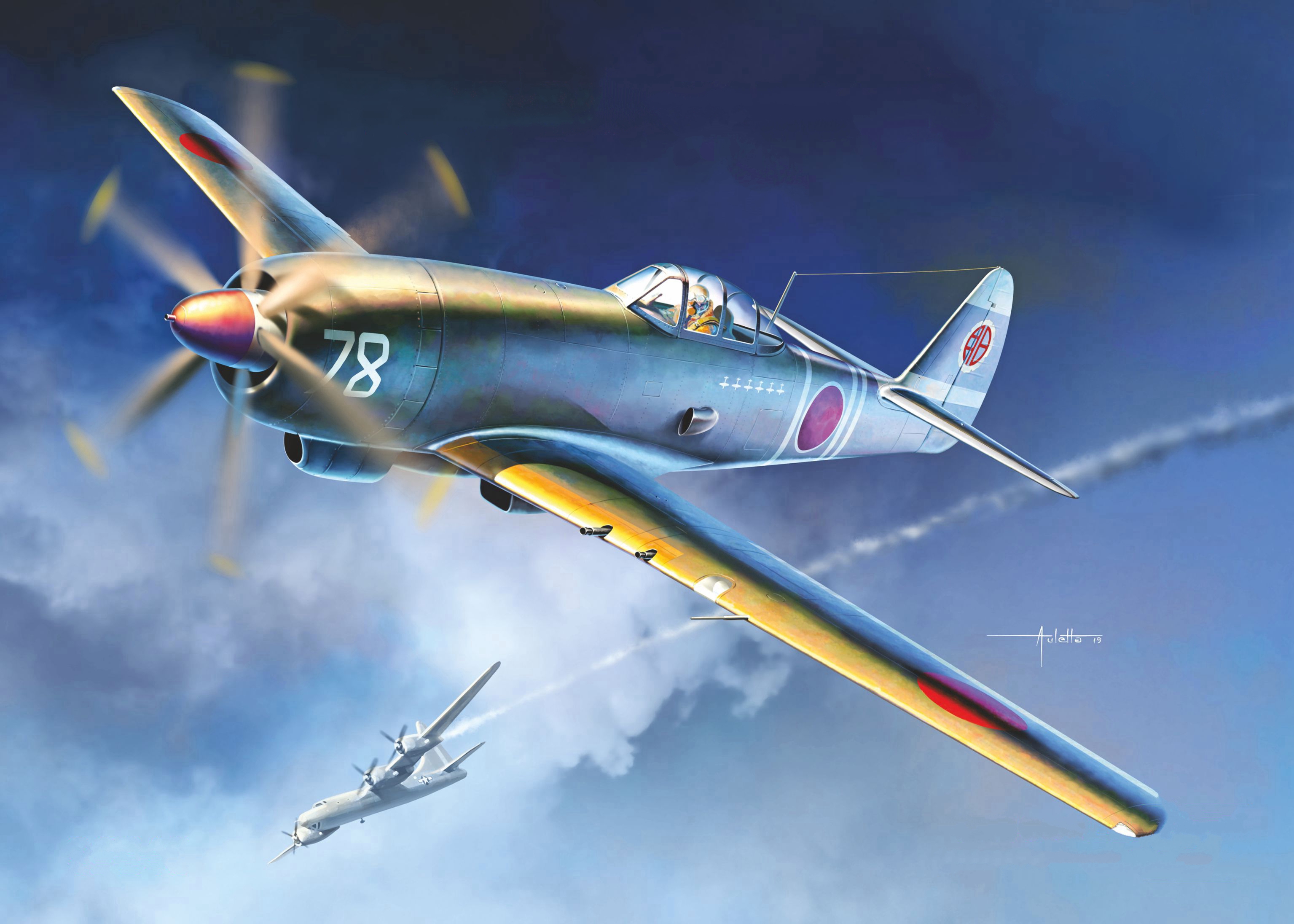
Рисунок Tachikawa Ki94II на рабочий стол Авиация War Wallpapers
Tachikawa Ki-94 History. Many of the aircraft developed by Japan when it surrendered in 1945 were retired in their state (if they had not been destroyed by ruthless air strikes by the Japanese themselves or by the Allies). Tachikawa conducted two postwar programs under the name "Ki-94" to provide the Army with interceptor bombers.
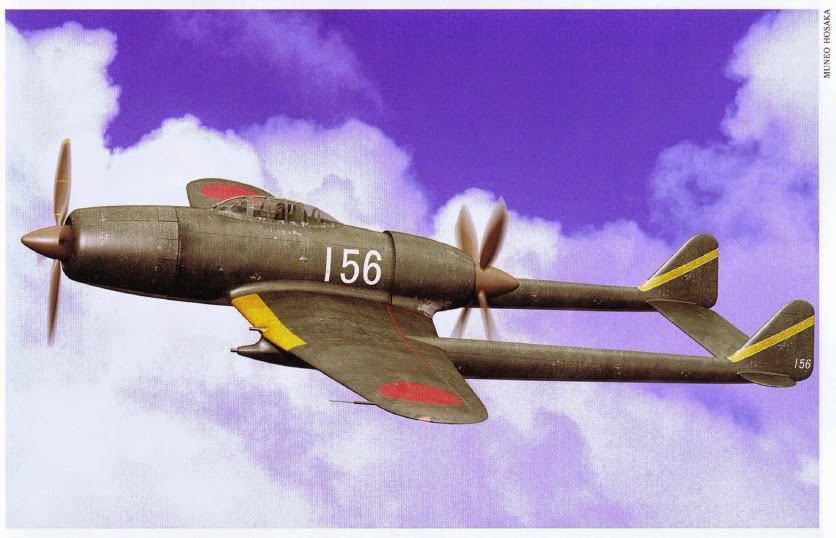
Japanese Aircraft of WWII Tachikawa Ki94
The Ki-94 was designed to meet an Army stratospheric fighter requirement and a full scale mock up of the Tachikawa Ki-94 Experimental Fighter (立川 Ki-94 試作 戦闘機) was completed by late 1943.The Army rejected the heavily armed design ( 2 x Ho-203 37mm and 2 x Ho-105 30mm) as too complex and unlikely to achieve the estimated performance of 485 mph at 32,810 ft.

Japanese IIWW fighter Tachikawa Ki94II Prototype RS Models 92019
Media in category "Tachikawa Ki-94" The following 11 files are in this category, out of 11 total.
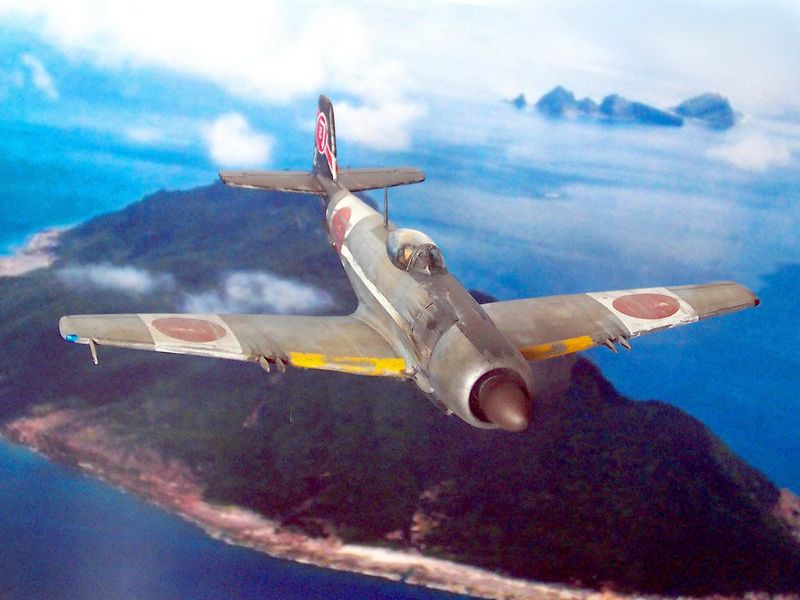
Tachikawa Ki94 Photos, History, Specification
The Tachikawa Ki-94 was a single-seat fighter-Interceptor aircraft project undertaken by the Tachikawa Aircraft Company and to be operated by the Imperial Japanese Army. The project refers to two aircraft designs: the Ki-94-I and the Ki-94-II, both of which did not advance beyond the mock-up and prototype stage respectively.

Tachikawa Ki94II Fighters 戦闘機, 軍用機, 空軍
The Tachikawa Ki-94 I was a twin-boom fighter with two 1,641 kW (2,201 hp) Mitsubishi Ha211 18-cylinder engines, driving two 4-blade propellers in a push-pull configuration. The very heavy armament that should have been mounted on the aircraft (two 37mm and two 30 mm in cannon, should have been enough to make short work of most US heavy bombers.
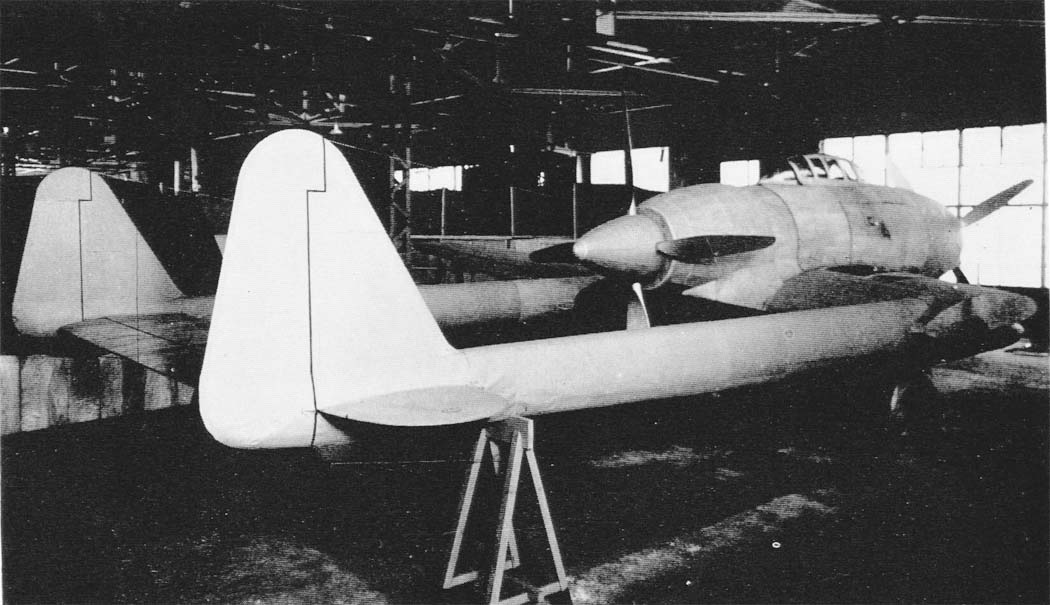
Tachikawa Ki94
Tachikawa undertook two late-war programs intended as bomber interceptors for the Army under the "Ki-94" designation. As the American Boeing B-29 "Superfortress" high-altitude heavy bomber became the primary concern for the Japanese homeland, a high-altitude fighter capable of intercepting these machines was in order.

Tachikawa Ki94I/II
The term Tachikawa Ki-94 refers to two designs of the Tachikawa Hikoki K.K. aircraft factory. The first was a twin-boom monoplane with two 1,641 kW (2,201 hp) Mitsubishi Ha211 18-cylinder engines, driving two 4-blade propellers in a push-pull configuration. The very heavy armament that should have been mounted on the aircraft (two 37 mm/1.46 in.

Japanese IIWW fighter Tachikawa Ki94II HighAltitude Interceptor RS Models 92020
Description. The Ki-94-II was a single-seat, piston-engine fighter designed by Tachikawa Aircraft Company for the Imperial Japanese Army Air Force. It was intended to intercept high-altitude B-29 bombers with a pressurized cockpit and four wing-mounted autocannons. The project started in 1943 as a revised version of the earlier Ki-94-I, which was a twin-boom push-pull design that was rejected.
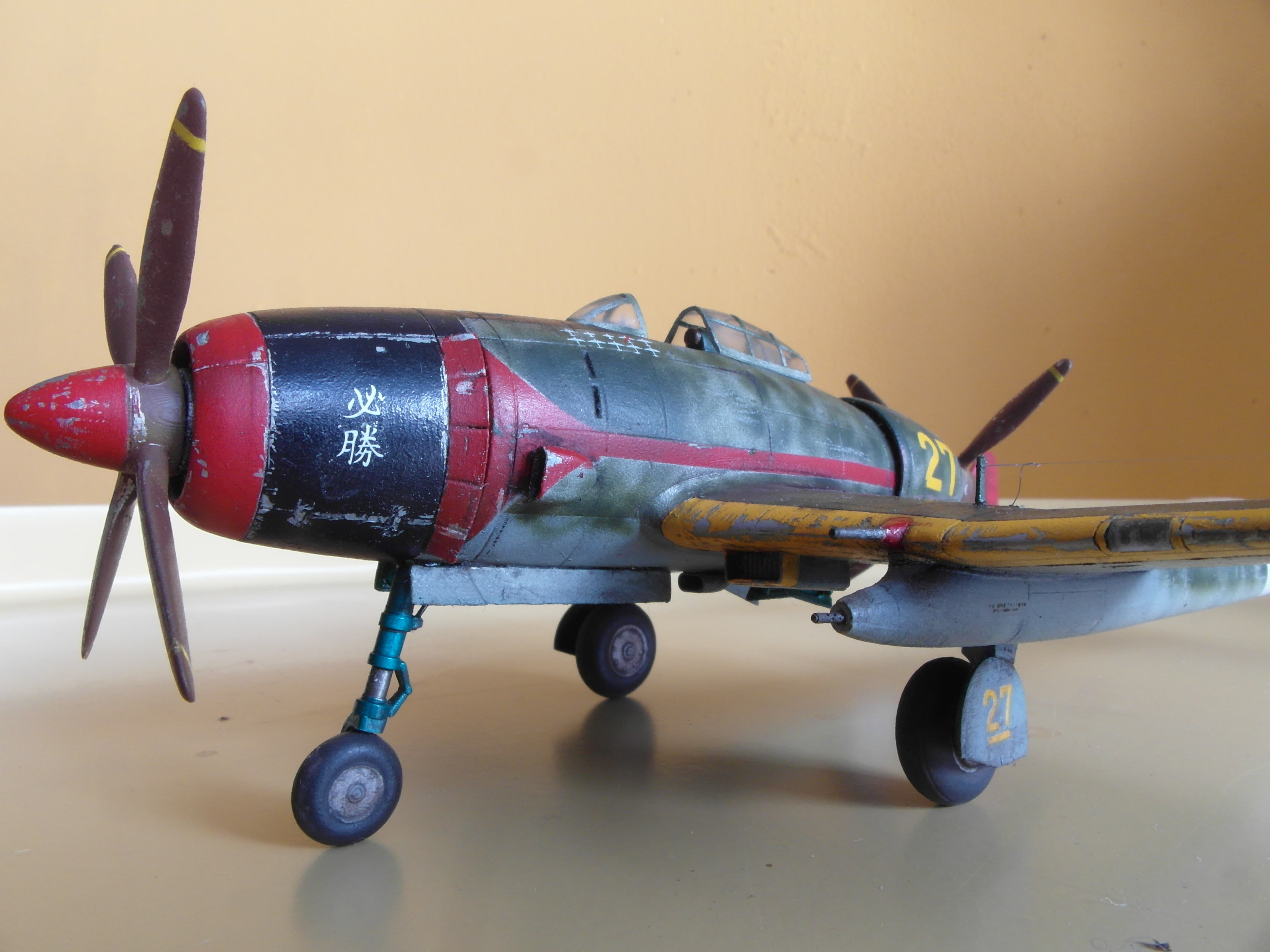
Tachikawa Ki94I Emmas Planes
The Tachikawa Ki-94-I and -II - although oddly these were completely different aircraft. Allow me to explain. With the catastrophic defeat at the Battle of Midway in June 1942, which saw the loss of four of Japan's fleet carriers, let only much of the cream of their naval air arm, the Japanese Army realized that Imperial Japan might soon be.

Tachikawa Ki94II Wwii aircraft, Military aircraft, Aviation art
The development of the Ki-94 started in 1942 when the need for a high altitude interceptor arose. The Koku Hombu approached both Tachikawa and Nakajima to develop a pressurized aircraft which could fly with 800 km/h and had a 3000 km range. After review in February 1943, the Koku Hombu deemed the aircraft too unorthodox and too difficult to.

Tachikawa Ki94 I Destination's Journey
Tachikawa Ki-94-I Heavy Fighter VII tier 1. Project for a high-speed fighter with heavy armament. A wooden mock-up was built by October 1943. However, the concept of the Ki-94-I was judged by the Japanese Army Air Force as too unconventional. The Tachikawa company was tasked to build an aircraft with a more conventional design.

Tachikawa Ki94 I Destination's Journey
The Tachikawa KI-94 II was designed late in the Second World War as a high-altitude interceptor specifically to combat B-29s. With a supposedly laminar flow wing, six bladed prop driven by a 2400 hp 18 cylinder turbocharged engine giving an estimated top speed of around 422 MPH and a ceiling of 14,680 m, this would have been some performer.
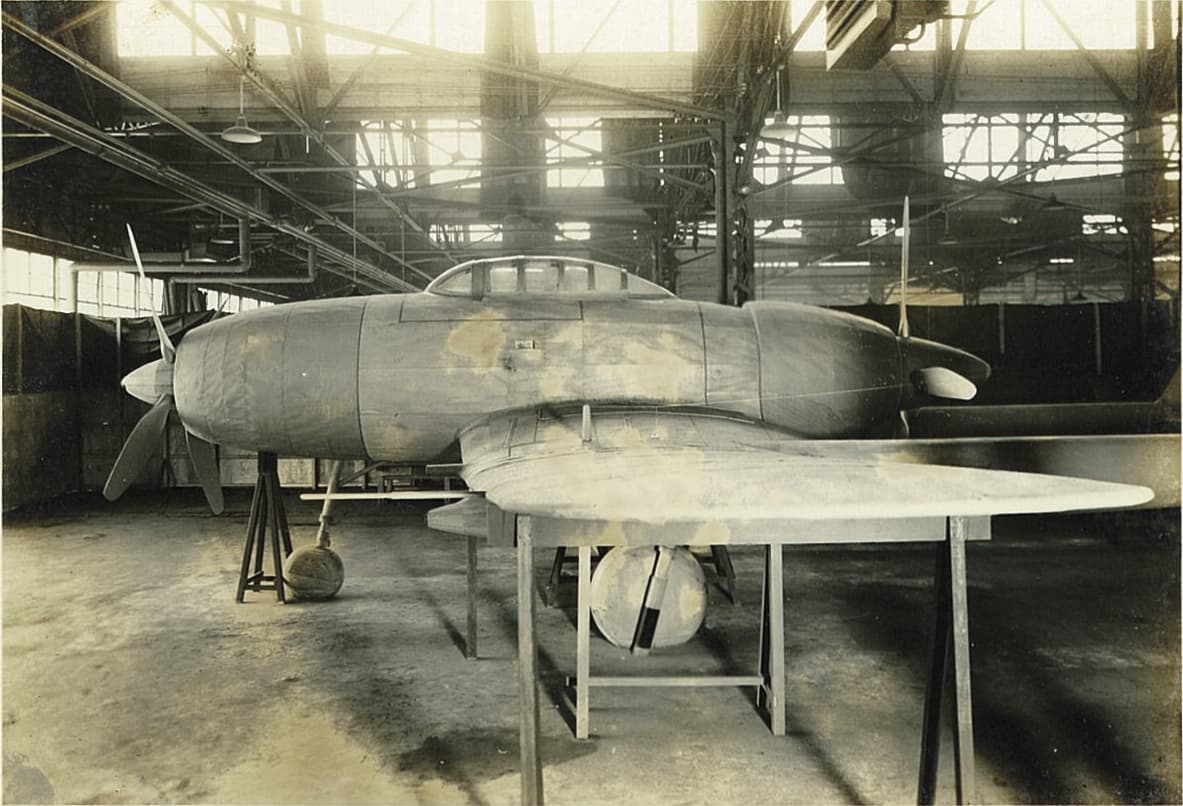
Tachikawa Ki94I Emmas Planes
The Tachikawa Ki-94 was designed to meet a request by the Japanese Army for a heavily-armed high-altitude fighter fitted with a pressure cabin and capable of reaching a top speed of 800 km/h (497 mph), with a maximum range of 3000 km (1,864 miles). The unconventional design that resulted was a large twin-boom monoplane powered by two 2,200 hp.